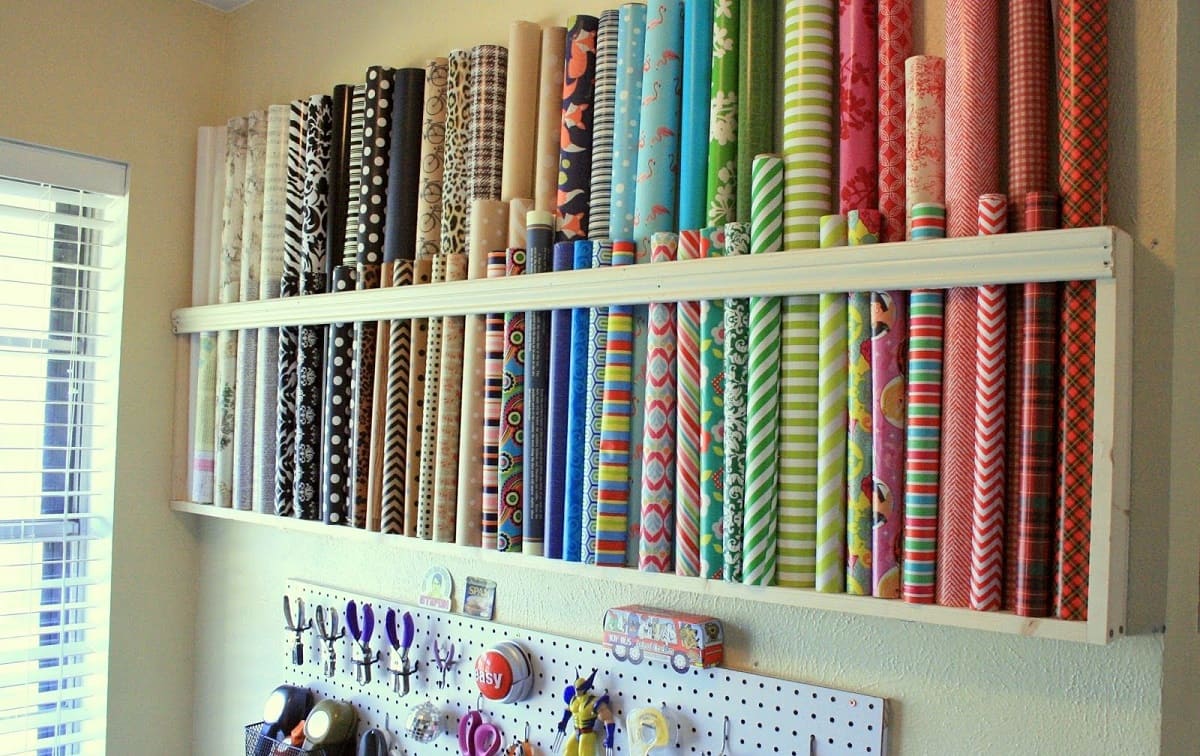

Articles
How To Store Wrapping Paper
Modified: October 20, 2024
Learn how to store wrapping paper articles efficiently and keep them organized for all your gift-giving needs. Discover simple tips and tricks for maintaining a clutter-free space.
(Many of the links in this article redirect to a specific reviewed product. Your purchase of these products through affiliate links helps to generate commission for Storables.com, at no extra cost. Learn more)
Introduction
Welcome to our guide on how to store wrapping paper! Wrapping paper is an essential item for birthdays, holidays, and special occasions. However, keeping it organized and in good condition can be a challenge. We’ve put together a step-by-step process to help you store your wrapping paper rolls, sheets, and scraps in a neat and efficient manner.
By properly storing your wrapping paper, you can protect it from damage, prevent it from getting wrinkled or torn, and ensure that it’s ready to use whenever you need it. Whether you have a small collection of wrapping supplies or a large assortment of different patterns and styles, our tips will help you maintain order and convenience.
In this article, we will cover the materials you’ll need for the storage process, as well as six simple steps to follow. We will provide guidance on clearing and organizing a storage space, choosing the right container, preparing the wrapping paper for storage, and effectively storing wrapping paper rolls, sheets, and scraps. Additionally, we’ll offer advice on organizing any additional wrapping supplies you may have.
Let’s get started and transform your wrapping paper storage into a well-organized and clutter-free space!
Key Takeaways:
- Keep your wrapping paper collection organized and protected by clearing a dedicated storage space, choosing the right container, and properly preparing and storing your rolls, sheets, and scraps.
- Organize additional wrapping supplies by sorting, using appropriate containers, labeling, and arranging by frequency of use to streamline the gift-wrapping process.
Read more: How To Wrap Silverware In Paper Napkins
Materials needed
Before you begin the process of storing your wrapping paper, gather the following materials:
- Clear storage space: Find an area, such as a closet or under-bed storage, where you can dedicate space to store your wrapping paper and supplies.
- Container with lid: Choose a container that is wide and long enough to accommodate your wrapping paper rolls. A plastic container with a secure lid is ideal for keeping out moisture and dust.
- Wrapping paper organizer: If you have a large collection of wrapping paper rolls, consider investing in a wrapping paper organizer or storage solution specifically designed to hold and protect them.
- Tissue paper: Use tissue paper to separate and protect delicate wrapping paper sheets to prevent them from getting damaged.
- Rubber bands or zip ties: These can be used to secure rolled-up wrapping paper and keep it from unraveling.
- Scissors: Keep a pair of scissors handy to trim wrapping paper and cut zip ties or rubber bands.
- Markers or labels: Use markers or labels to identify the contents of your containers and easily locate specific wrapping paper patterns or themes.
Having these materials ready will make the process of organizing and storing your wrapping paper much smoother and more efficient.
Now that you have gathered your materials, let’s dive into the step-by-step process of storing your wrapping paper:
Step 1: Clearing and organizing a storage space
The first step in storing your wrapping paper is to clear and organize a dedicated storage space. This will ensure that your wrapping paper is easily accessible and protected from damage. Follow these tips to create a functional storage area:
- Declutter: Begin by removing any items or clutter from the chosen storage space. This could include old boxes, unused items, or anything that is taking up unnecessary space.
- Clean the area: Give the storage space a thorough cleaning before placing your wrapping paper. Dust, dirt, and debris can damage or stain your paper, so it’s important to have a clean and dry environment.
- Assess the size: Evaluate the size of your wrapping paper collection to determine the amount of storage space you’ll need. Make sure the area you choose can accommodate the length and width of your rolls and any additional supplies.
- Consider accessibility: Choose a storage space that is easily accessible, such as a closet or under a bed. This will make it convenient to retrieve and put away your wrapping paper whenever you need it.
By decluttering and organizing a specific storage space, you are creating a dedicated area for your wrapping paper and supplies. This will allow you to keep everything in one place, making it easier to find what you need and maintain a tidy space.
Now that you’ve cleared and prepared your storage space, it’s time to move on to the next step: choosing the right container to store your wrapping paper.
Step 2: Choosing the right container
When it comes to storing your wrapping paper, choosing the right container is crucial. A suitable container will protect your paper from damage and keep it organized. Follow these guidelines to select the ideal container:
- Size and shape: Look for a container that is long and wide enough to accommodate your wrapping paper rolls without bending or crushing them. Consider the height as well, as you want to ensure the container can hold the rolls in an upright position.
- Material: Opt for a container made of durable and moisture-resistant material. Plastic containers with secure lids are a popular choice as they offer protection from dust, moisture, and potential pests.
- Dividers or compartments: If you have a variety of wrapping paper patterns or themes, consider using a container with built-in dividers or compartments. This will help keep the different types of wrapping paper separated and prevent them from becoming tangled or wrinkled.
- Accessibility: Choose a container that allows for easy access to your wrapping paper. Look for designs that have a hinged lid or handles for convenient opening and closing.
- Multiple containers: If you have a large wrapping paper collection, it may be necessary to use multiple containers. Group your rolls by occasion or style, and assign each container a specific category. This will make it easier to locate the desired wrapping paper when needed.
By selecting the right container, you can ensure that your wrapping paper is well-protected and easily accessible whenever you need it. Now that you have chosen the container, let’s move on to the next step: preparing the wrapping paper for storage.
Step 3: Preparing the wrapping paper for storage
Before you store your wrapping paper, it’s important to properly prepare it to ensure it remains in good condition. Follow these steps to prepare your wrapping paper for storage:
- Remove any accessories or attachments: Before storing your wrapping paper rolls, make sure to remove any accessories or attachments such as bows, ribbons, or tape. These items can cause the wrapping paper to become wrinkled or torn over time.
- Inspect for damages: Take a close look at each roll of wrapping paper for any damages, such as tears or creases. If you come across any damaged sections, trim them off to ensure that you only store high-quality paper.
- Paper protection: To prevent your wrapping paper rolls from unraveling, consider using rubber bands or zip ties. Securely wrap the bands or ties around the roll, making sure not to apply too much pressure that could damage the paper.
- Separate delicate sheets: If you have loose wrapping paper sheets or scraps, place tissue paper between them to prevent them from getting crumpled or damaged. This will help keep them in pristine condition for future use.
- Fold neatly: Fold any large sheets of wrapping paper into smaller, manageable sizes. This will make it easier to store and locate specific patterns or designs when you need them.
By following these preparation steps, you are ensuring that your wrapping paper remains intact and ready to use for future occasions. Now that your wrapping paper is prepared, it’s time to move on to step four: storing your wrapping paper rolls.
Store wrapping paper in a clear, vertical container to keep it organized and easily accessible. This will prevent it from getting wrinkled or damaged, and make it easy to see what you have on hand.
Read more: How To Organize Wrapping Paper And Gift Bags
Step 4: Storing wrapping paper rolls
Now that your wrapping paper is prepared, it’s time to focus on storing your wrapping paper rolls in an organized and efficient manner. Follow these steps to properly store your wrapping paper rolls:
- Select a container: Place your prepared wrapping paper rolls upright in a container that is long enough to accommodate them without bending or crushing.
- Divide by occasion or theme: If you have wrapping paper rolls for different occasions or themes, consider organizing them into separate sections within the container. This will make it easier to locate the appropriate paper when needed.
- Label the containers: Use markers or labels to clearly identify the contents of each container. Write the occasion or theme on the label to easily locate specific wrapping paper patterns.
- Keep them in an easily accessible location: Store the container of wrapping paper rolls in a convenient and easily accessible location. This will make it simple to retrieve the desired paper for any occasion.
- Maintain organization: Regularly check and rearrange the wrapping paper rolls as needed. This will help maintain organization and prevent the rolls from becoming tangled or damaged over time.
By following these steps, you can ensure that your wrapping paper rolls are neatly stored and easily accessible whenever you need them. Now that your rolls are taken care of, let’s move on to step five: storing your wrapping paper sheets and scraps.
Step 5: Storing wrapping paper sheets and scraps
In addition to storing wrapping paper rolls, you may also have loose sheets and scraps of wrapping paper that need to be organized and stored properly. Follow these steps to effectively store your wrapping paper sheets and scraps:
- Group by size or pattern: Sort your wrapping paper sheets and scraps by size or pattern. This will make it easier to locate specific sheets and ensure that they are stored in an organized manner.
- Use a storage container: Find a container that can accommodate the size of your sheets and scraps. Clear plastic storage bins or folders with pockets are great options for keeping your sheets organized and in good condition.
- Separate delicate sheets: Place a sheet of tissue paper between each wrapping paper sheet to prevent them from sticking or getting damaged. This will help preserve their quality for future use.
- Fold and stack: Fold the wrapping paper sheets neatly and stack them in an upright position within the container. This will save space and make it easier to browse through the available options.
- Label the container: Use a label or marker to indicate the contents of the container. You can include details such as the size, pattern, or occasion of the wrapping paper sheets stored inside.
- Store in a designated area: Find a convenient spot to store the container of wrapping paper sheets and scraps, such as a shelf or drawer. Make sure it’s easily accessible so you can quickly find and retrieve the sheets you need.
By following these steps, you can keep your wrapping paper sheets and scraps organized and in good condition for future use. Now that you have stored your wrapping paper sheets and scraps, let’s move on to step six: organizing additional wrapping supplies.
Step 6: Organizing additional wrapping supplies
In addition to storing your wrapping paper, you likely have other supplies such as gift bags, ribbons, bows, and tape. Keeping these items organized will make it easier for you to find everything you need when it’s time to wrap a gift. Follow these steps to effectively organize your additional wrapping supplies:
- Sort by category: Begin by sorting your additional wrapping supplies into categories. Group like items together, such as gift bags, ribbons, bows, and tape.
- Use storage containers or bins: Find containers or bins that are appropriate for each category of wrapping supplies. Clear, stackable containers or compartmentalized organizers work well for keeping everything visible and easily accessible.
- Label each container: Use labels or markers to clearly identify the contents of each container or bin. This will help you quickly locate the supplies you need without having to search through multiple containers.
- Arrange by frequency of use: Place frequently used items in easily accessible areas, such as on a shelf or in a drawer. Less frequently used items can be stored in less accessible locations, such as higher shelves or deeper storage areas.
- Maintain order: Regularly check and rearrange your supply storage area to keep it organized. Return items to their designated containers after each use to ensure everything stays in its proper place.
By following these steps, you can create a well-organized system for your additional wrapping supplies. This will make the process of wrapping gifts much smoother and more enjoyable.
Congratulations! You have successfully completed all six steps for storing your wrapping paper and additional supplies. By following these guidelines, you can keep your wrapping paper collection organized, protected, and readily accessible for all your future gift-giving needs.
With a dedicated storage space, a suitable container, properly prepared wrapping paper, and an organized system for your supplies, you can now enjoy hassle-free and efficient wrapping experiences. Happy wrapping!
Conclusion
Storing wrapping paper doesn’t have to be a hassle. With the proper organization and storage techniques, you can keep your wrapping paper collection neat, protected, and easily accessible. Here’s a recap of the steps we covered:
- Clear and organize a dedicated storage space to create a clutter-free and accessible area for your wrapping paper.
- Choose the right container that is the appropriate size, shape, and material to safely store your wrapping paper rolls.
- Prepare the wrapping paper by removing accessories, inspecting for damages, and securing with rubber bands or zip ties.
- Store the wrapping paper rolls in an upright position within the chosen container, divided by occasion or theme if necessary.
- Organize loose sheets and scraps by size or pattern, using a storage container and separating them with tissue paper.
- Organize additional wrapping supplies, such as gift bags, ribbons, bows, and tape, using storage containers and labeling them for easy access.
By following these steps, you can maintain an organized wrapping paper collection and streamline the wrapping process. No more searching for lost rolls or rummaging through a jumbled mess of supplies.
Remember to regularly check and rearrange your storage area to ensure everything stays organized. By keeping your wrapping paper and supplies in order, you’ll be ready for any occasion that requires beautifully wrapped gifts.
Now it’s time to put our tips into action and transform your wrapping paper storage into a well-organized and efficient space. Enjoy the benefits of having your wrapping paper readily available whenever you need it, in pristine condition.
Happy wrapping!
Now that you've got your wrapping paper storage sorted, why not dive into more creative endeavors? If you're curious about crafting, our next read on DIY projects is perfect. DIY enthusiasts rave about the independence and personal touch that comes with making something from scratch. Not only do you create unique home décor, but the process itself is rewarding and fun. So, if harnessing creativity and saving money sounds appealing, our guide on why DIY projects are so great should be your next stop.
Frequently Asked Questions about How To Store Wrapping Paper
Was this page helpful?
At Storables.com, we guarantee accurate and reliable information. Our content, validated by Expert Board Contributors, is crafted following stringent Editorial Policies. We're committed to providing you with well-researched, expert-backed insights for all your informational needs.
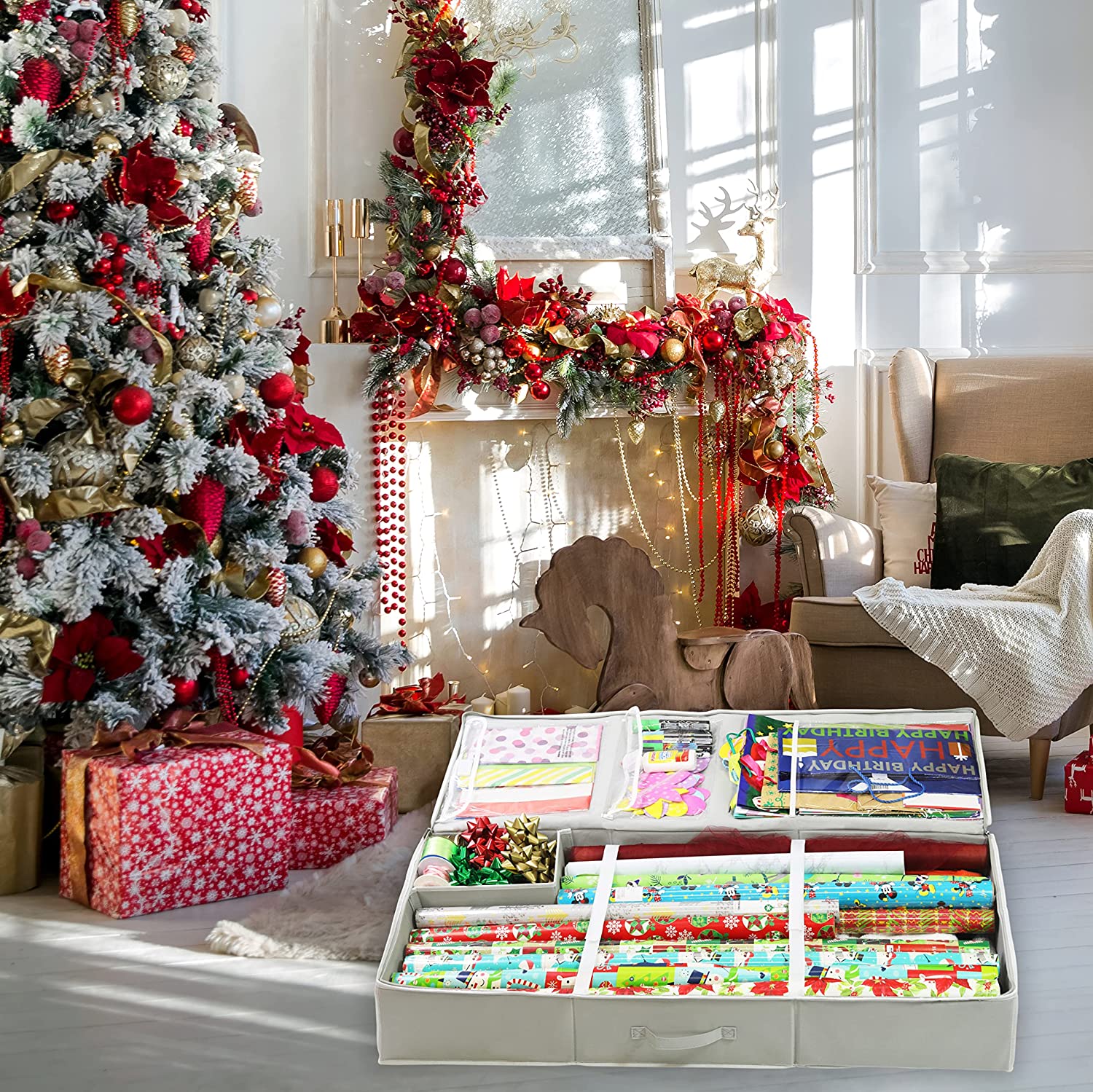
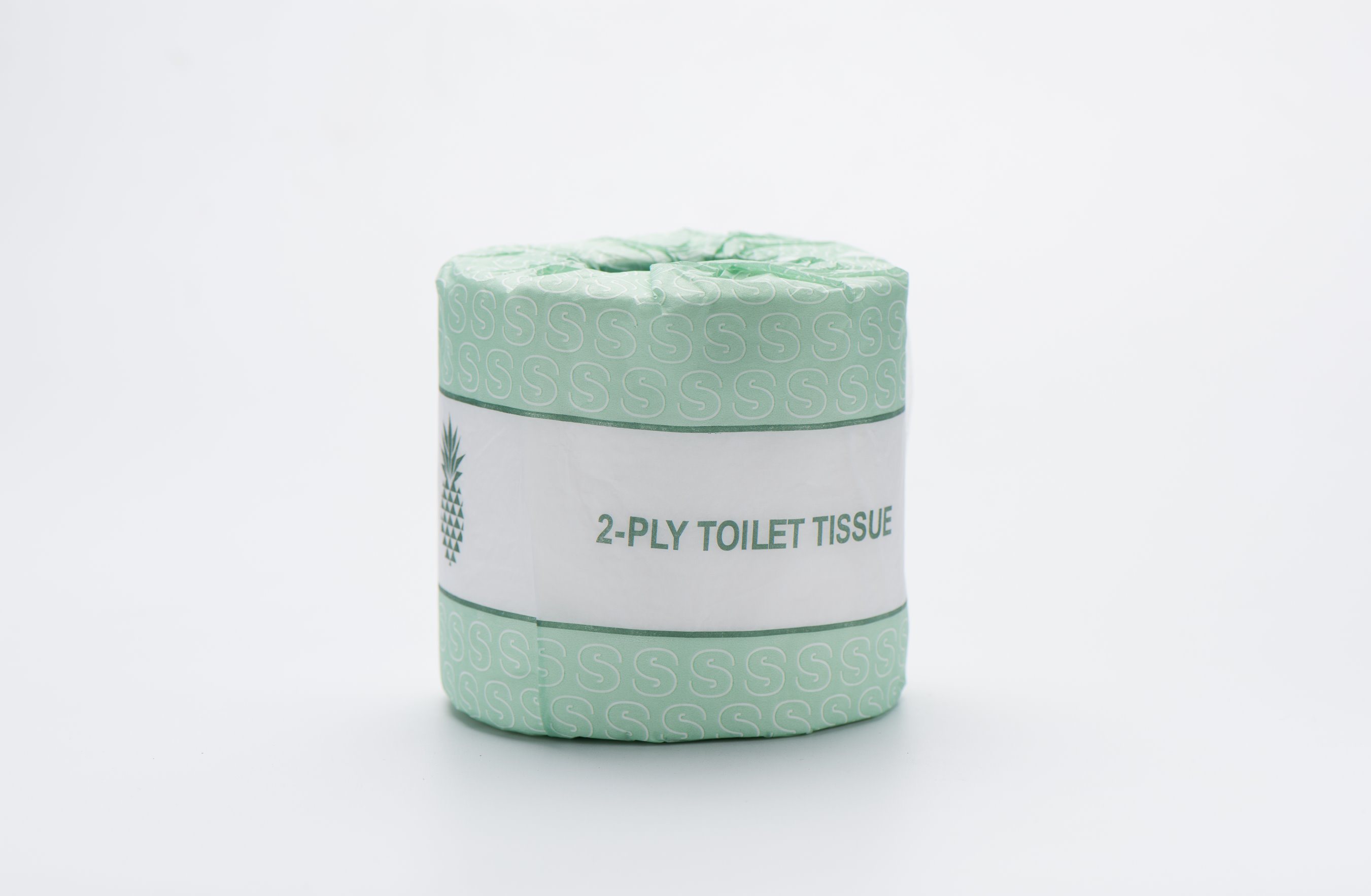
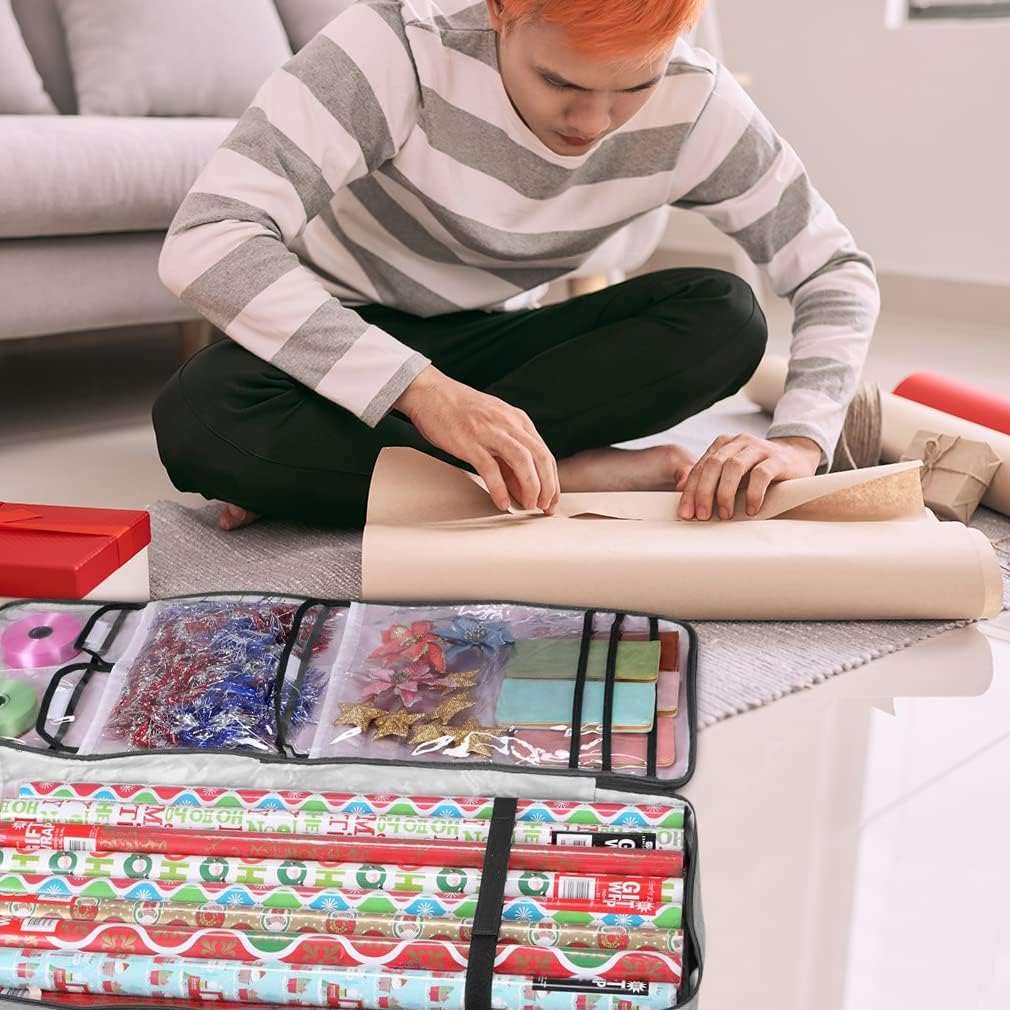
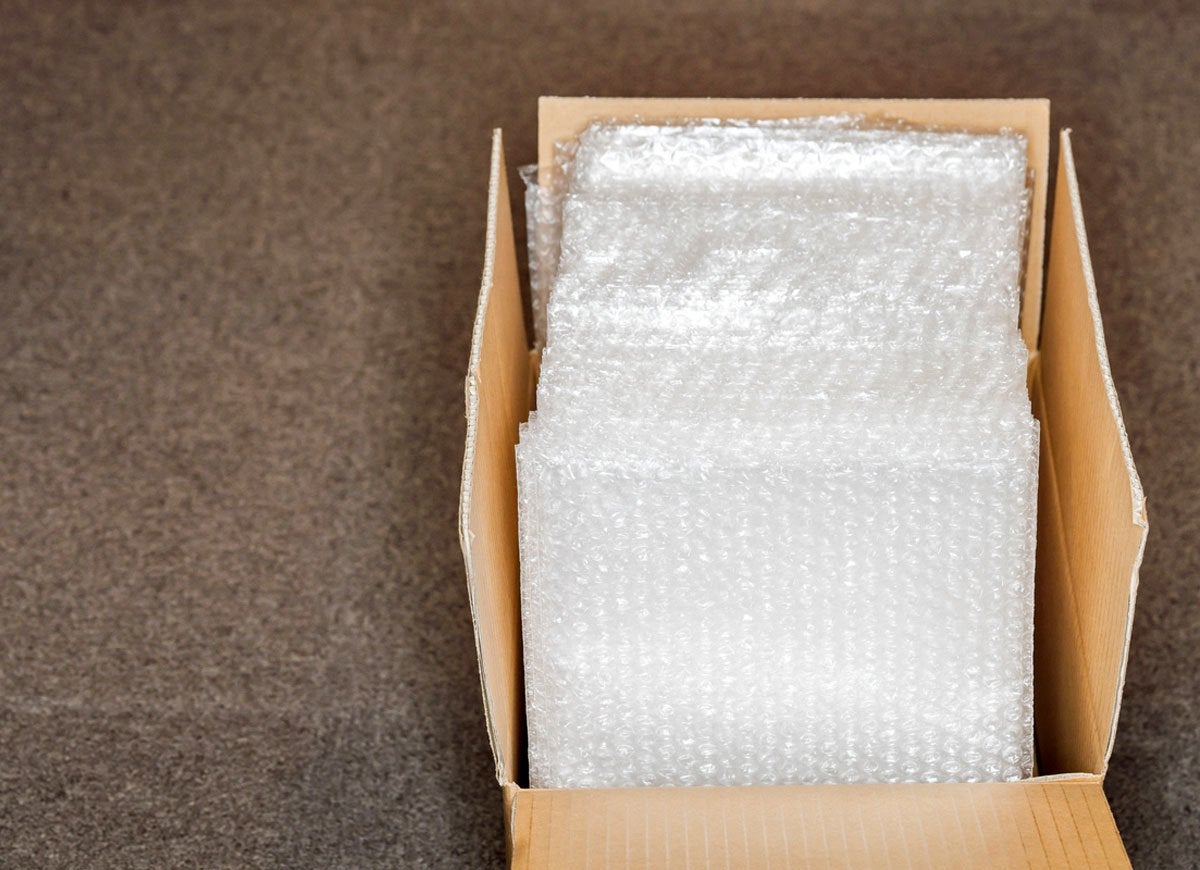
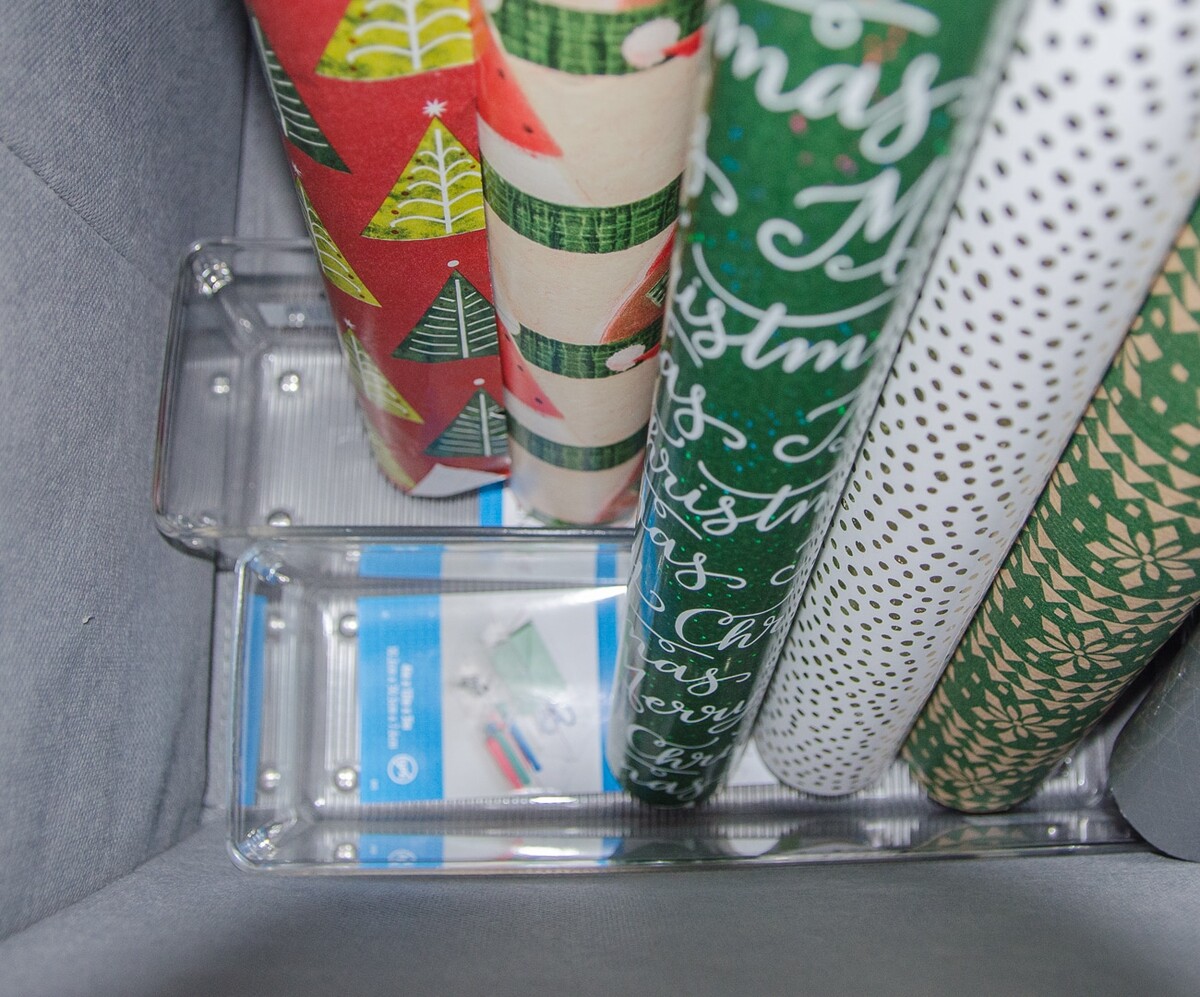
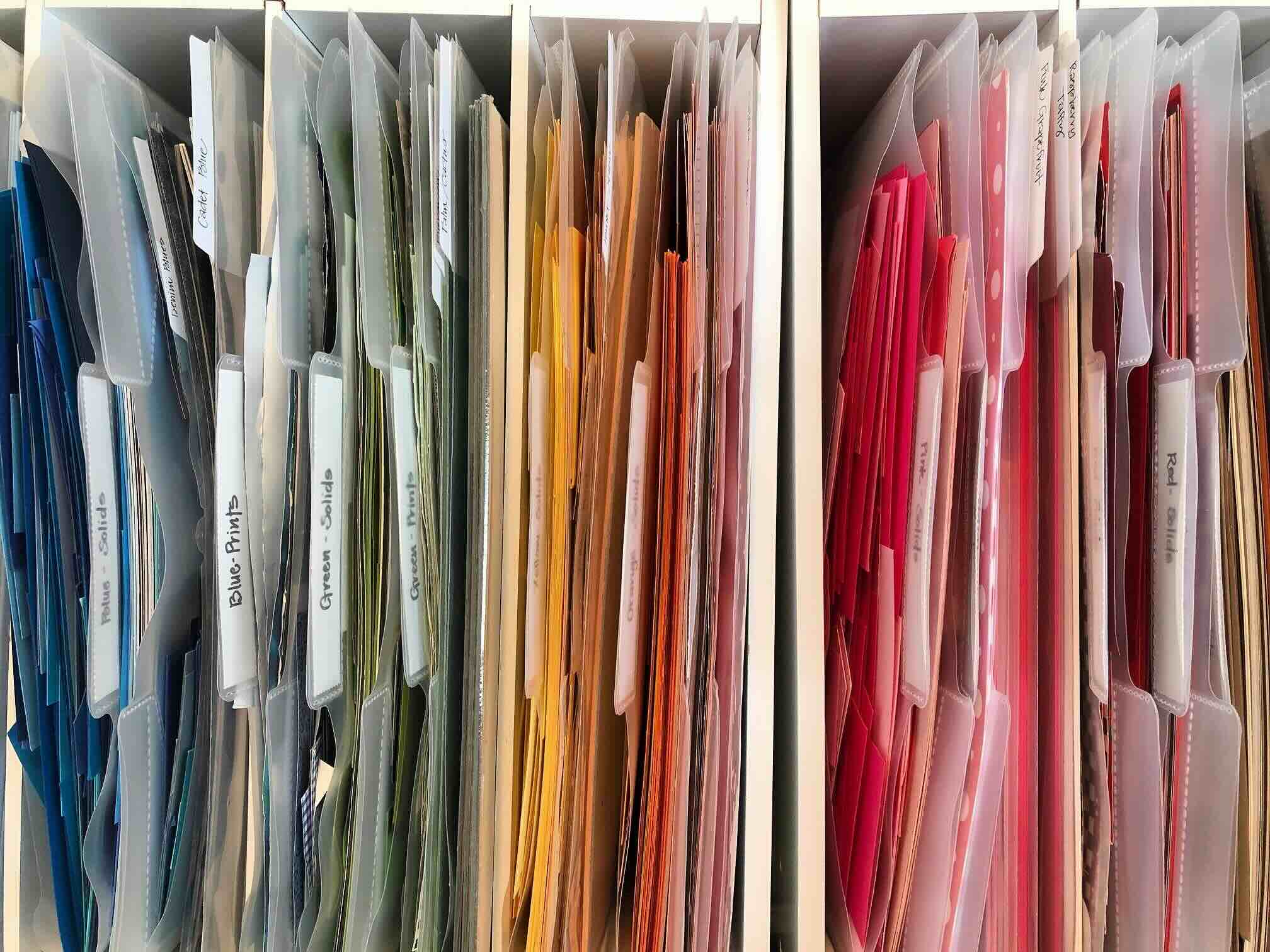
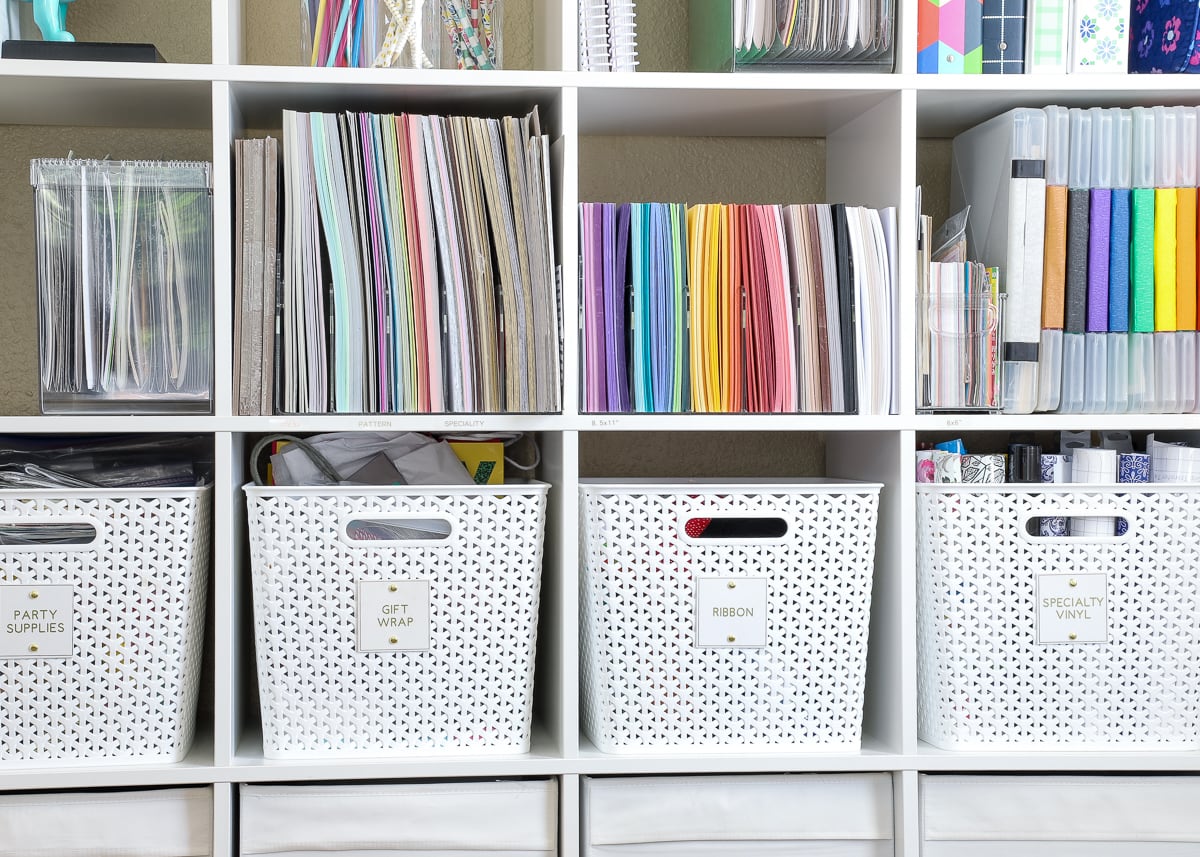

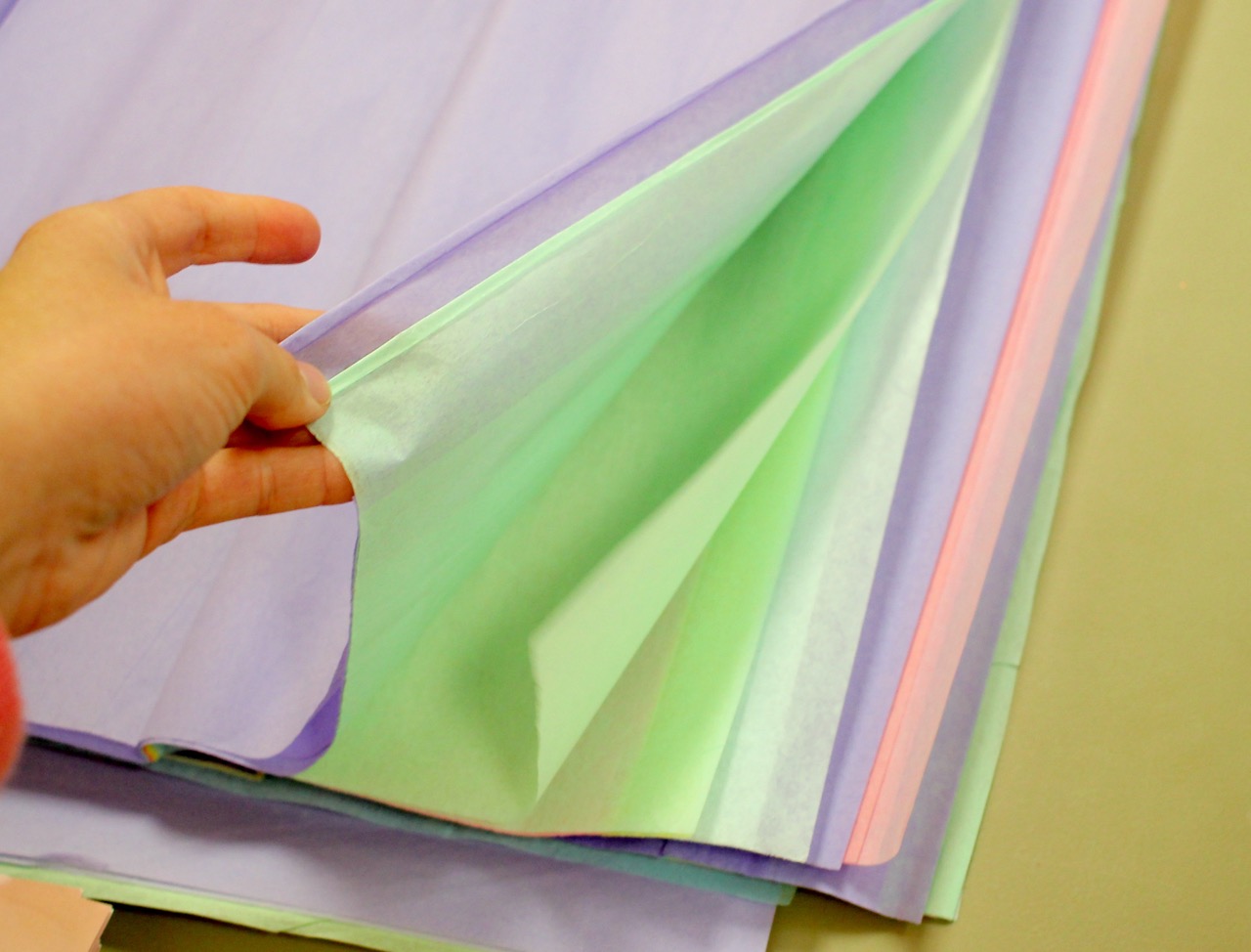
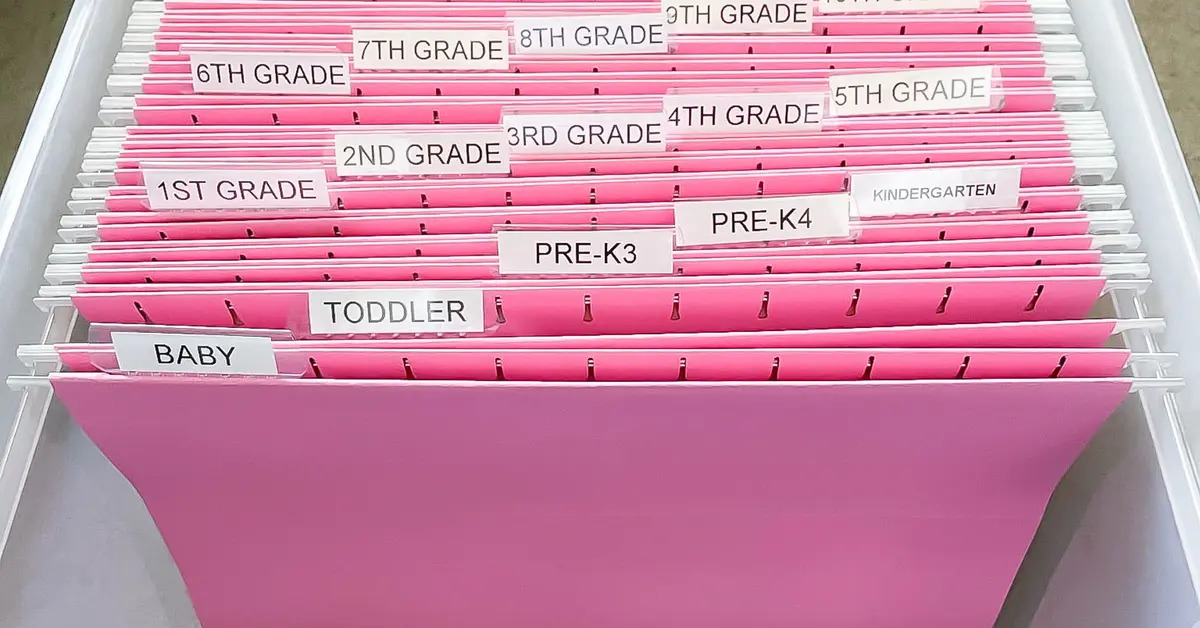
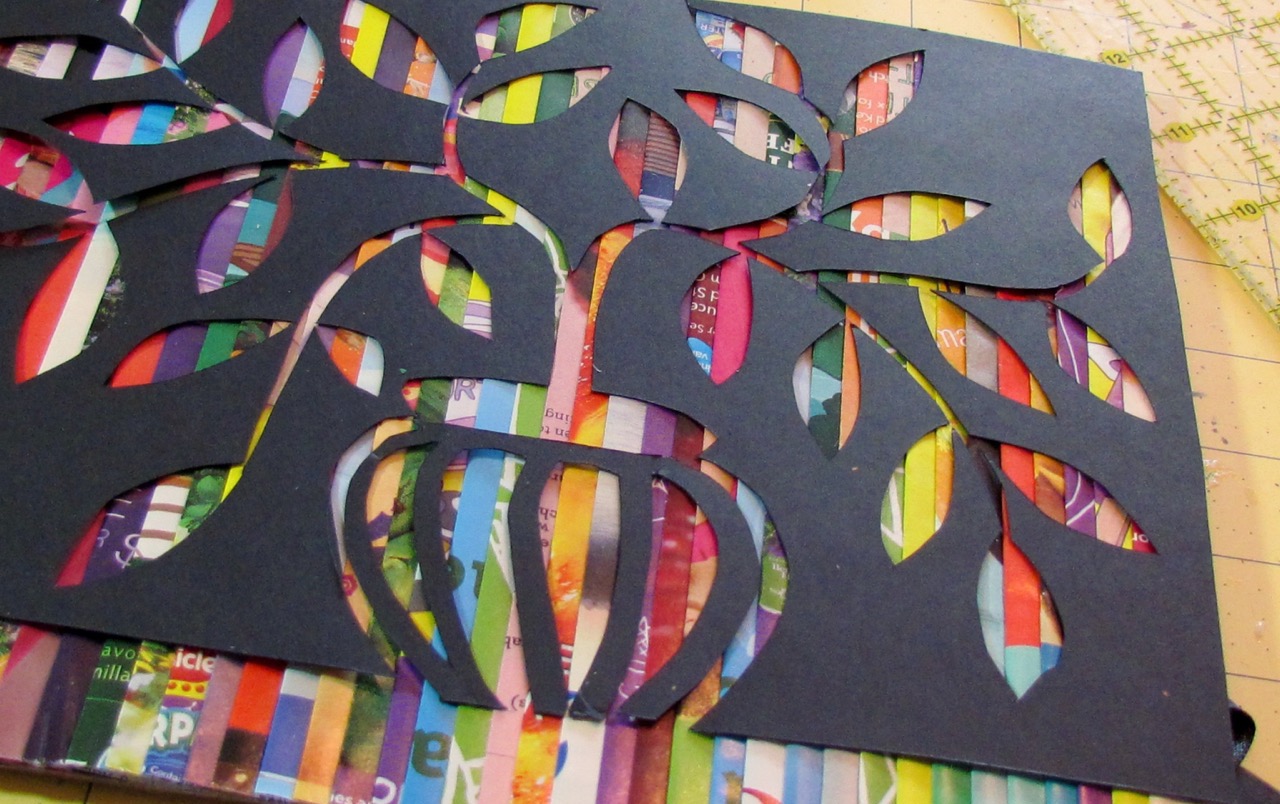
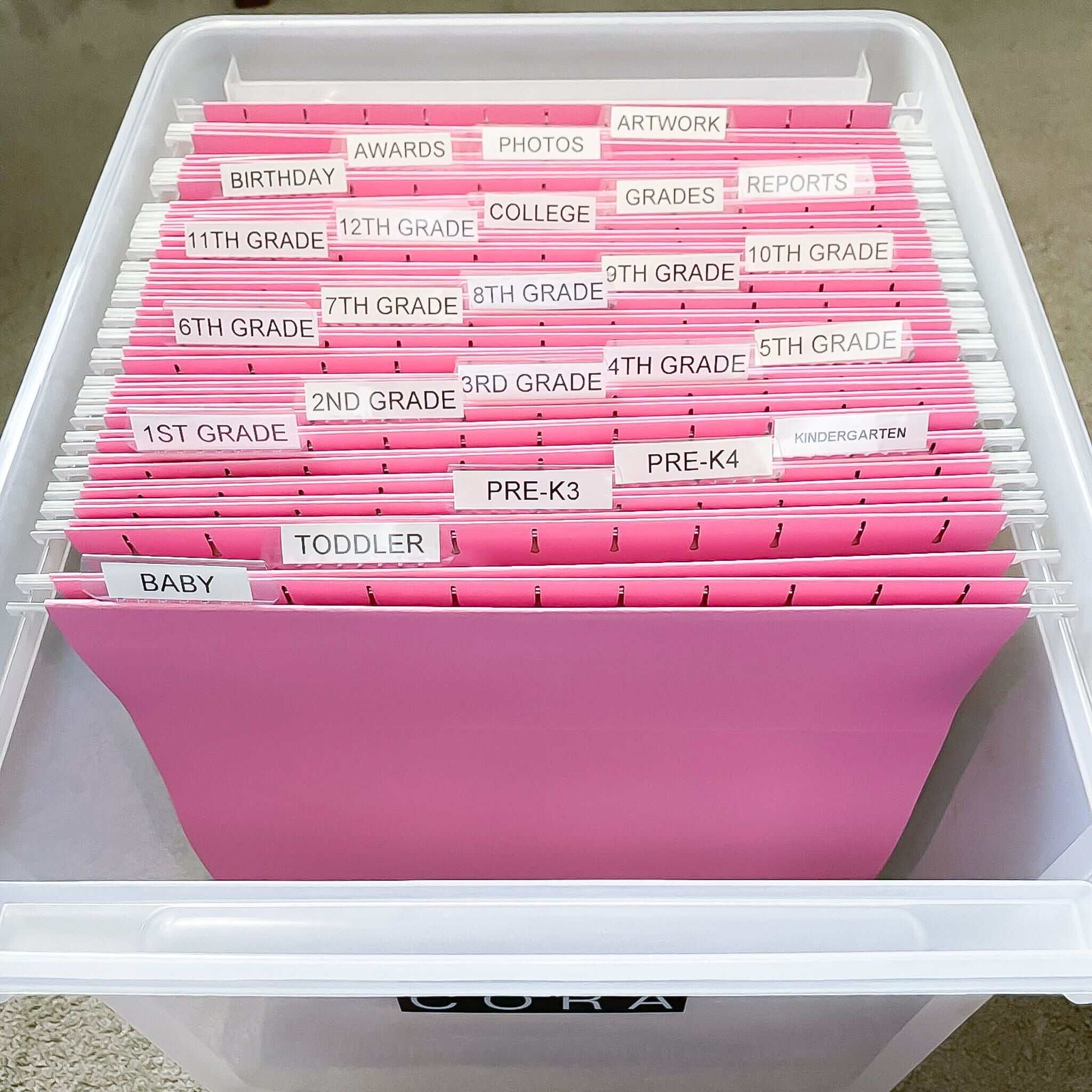
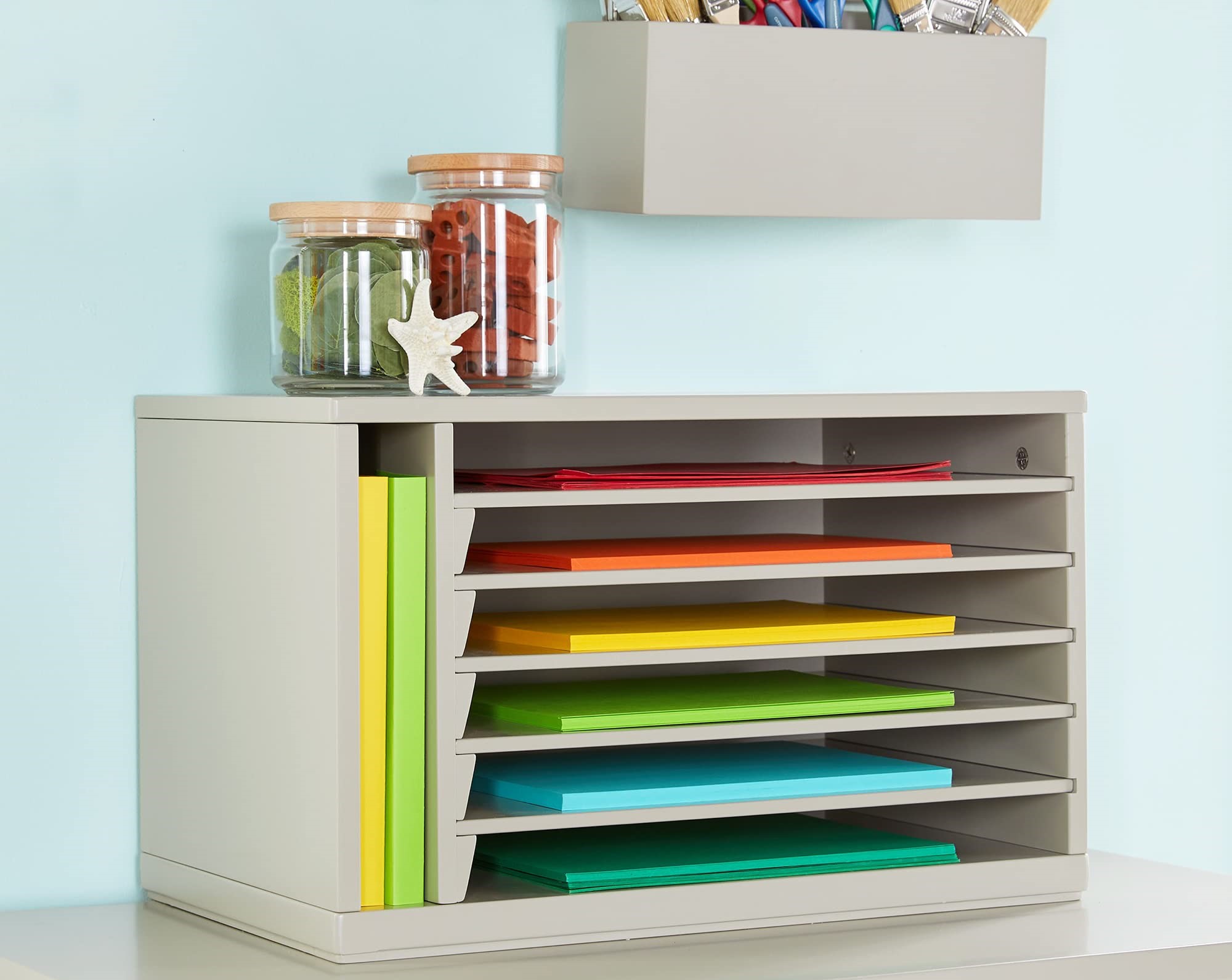
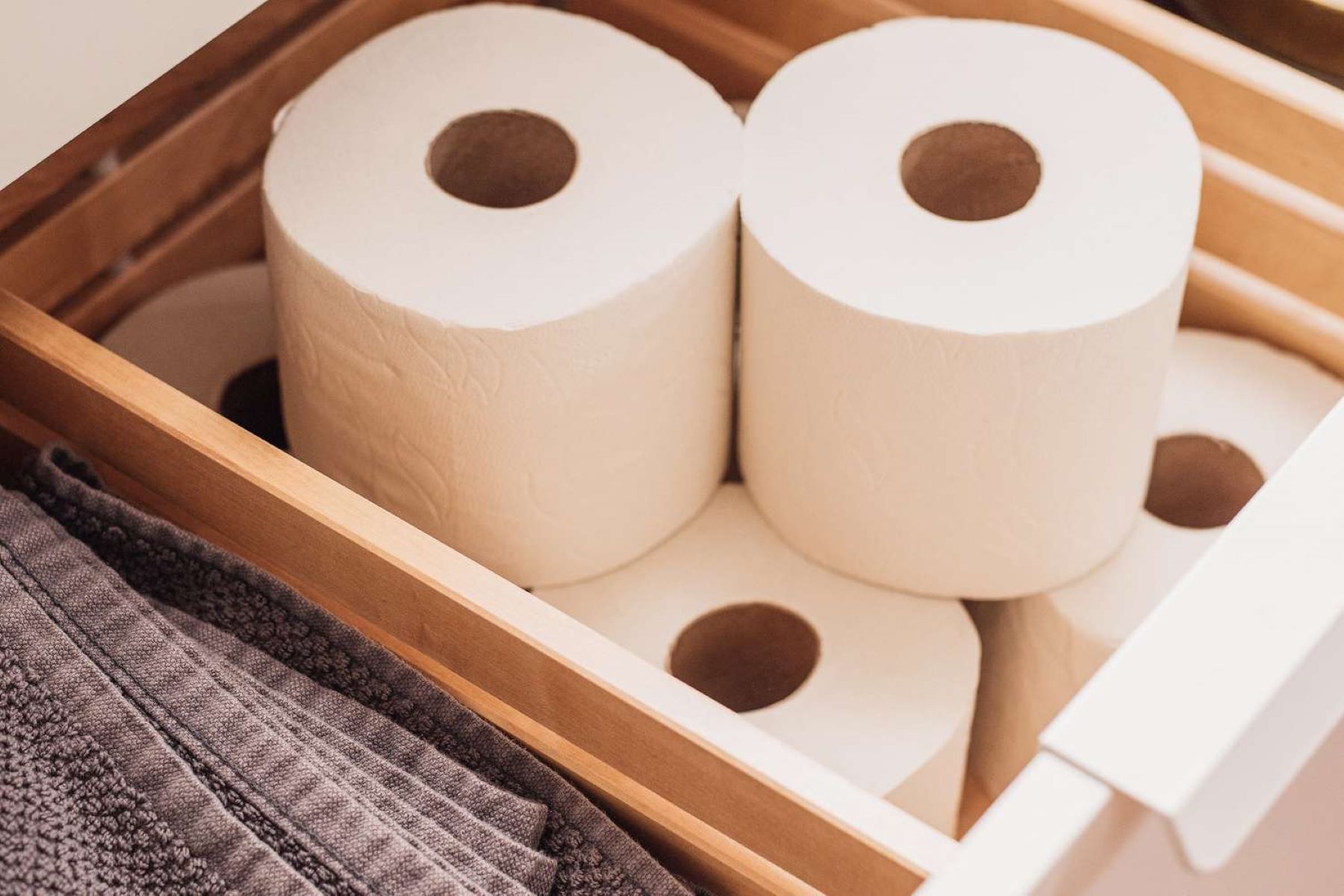

0 thoughts on “How To Store Wrapping Paper”